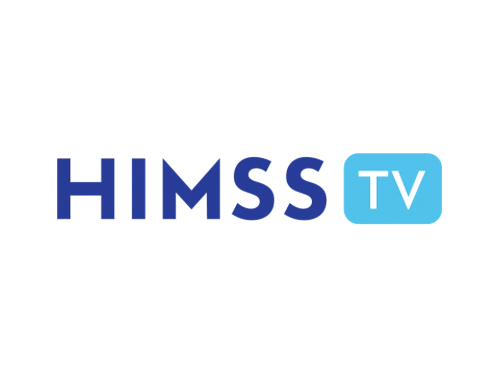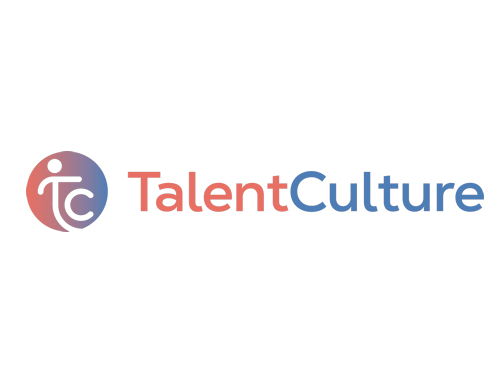When students and faculty were forced to migrate online during the pandemic, that included disabled students with learning impairments. Since then, students and faculty—and therefore, curricula—have changed the way they look at learning in higher education.
“I think the pandemic accelerated the trend that was there, and the trend that’s there is more and more training going online,” said Tim Springer from Level Access, an accessibility compliance service. “Even on-campus student experiences now are a mix of virtual learning and in-classroom experience.”
As for students with learning impairments or disabilities, COVID-19 catalyzed two technological trends that have further democratized education for disabled students: emerging digital-based learning tools and web accessibility.
Tech tools
Digital tools with granular-level accessibility adjustments that can be tailored to most student needs have changed the ways students prefer studying course materials and meeting with faculty.
“One of our graduate students who is pursuing his Ph.D. is very functional but legally blind,” said Rodd Newcombe, director of Student Success at Florida Tech in Melbourne, Fla., in an email. “He found that during the COVID lockdowns his one-on-one advisor meetings were held on Zoom or Teams. This allowed him to have more effective meetings where it was easy for him to electronically take notes or have an example shared on a screen at extra-large resolution that enabled him to understand and share in the specific topic better.”
The student has chosen virtual meetings ever since, noting the supplemental information virtual tools can provide to absorb information more effectively.
Occupational therapist Jennifer Castilloveitia from Beacon College in Leesburg, Fla., the first accredited baccalaureate institution dedicated to educating neurodivergent students with learning and attention challenges, has worked with many visually and audio-impaired students through the pandemic, and she believes “the digital world is going to work in their favor.”
“The digital world is creating more access to students with disabilities, especially those with vision. When it’s on the digital format, you can adjust it, magnify it, and use a bunch of assistive technology,” she said.
Students provided digital textbooks, for example, can use Kurzweil 3000, a disability solutions software, to download files and convert them to .mp3 audio files. Google and Microsoft provide similar services. One of her students struggling with a visual impairment was able to use a Microsoft accessibility tools that reversed the screen’s contrast, dramatically alleviating their vision disability while browsing content.
“COVID has shown the world that certain resources are available to everyone,” said Tynisha Henderson-Mitchell, director of student accessibility services at Western New England University in Springfield, Mass. “As we continue to create space for everyone, we have to give some grace to students because they’re all learning in different ways.”
Web Accessibility
Aside from assistive digital tools, Springer also notes how a progressive “societal tone” over the course of time has evolved and how important digital accessibility is today in higher education.
“If I were to tell you 10 years ago that access to online courses was a civil right—or even a human right if you want to be more aggressive—you probably would say, ‘Maybe. I don’t know if I buy that.’ Now if I told you that everyone should have access to online courses, you probably would just take that as a given. And 10 years from now, it will be fully implemented in society.”
Springer also believes the increased activity and the vigilance of OCR offices during the Biden administration has helped ensure that colleges are following web accessibility compliance. Level Access also helps organizations efficiently update their services when working across hundreds of different web pages.
“In pretty much every organization, there is an officer for ADA compliance, so their ability to provide alternatives and accommodations is pretty good. What’s different with digital accessibility is that all of a sudden they have to do it across all of these courses, and it requires a lot more technical knowledge versus just providing accommodation.”
While Castilloveitia understands that not all students facing disabilities can ever fully migrate online without assistance, finding the right digital tools for a specific student’s needs is a necessity in today’s world.
“It can be tedious to find the right tech for the right person and the right software and tools, but there’s a lot of hope out there,” she said. “I think it should be incorporated into all levels of education. What can we continue to do to continue the accessibility regardless of the disability.”





